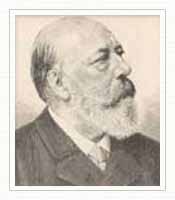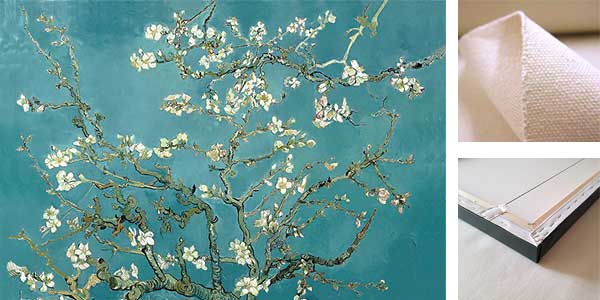
Andreas Achenbach (1815 – 1910)
German romantic painter Andreas Achenbach was born in Kassel (1815). Apart from the art sense of the maternal grandfather, the tobacco manufacturer Andreas Zilch Kassel, little hint that this family would emerge two important for the 19th century painters. Achenbach’s father worked in a number of different professions. In 1816 he took over the management of a lead sugar factory in Mannheim. From there, in 1818, the family moved to Saint Petersburg.
Since the father failed with his project, it went back to the Rhine Province in 1823, to Elberfeld, where family members of the father lived. In Dusseldorf, the father soon worked as a beer and Essigbrauer and owned an inn, where artist personalities of the city wrong. Later, in this house was the wine industry To Rosenkranzchen, which henceforth gave the house its name. Hermann Achenbach left the apartment to his son Andreas around 1846 and moved to the Kaiserstraße, where he worked as an accountant.
Düsseldorf Art Academy
Andreas Achenbach, whom the St. Petersburg apprenticeship teacher at the age of six was supposed to certify that he already had everything. Allegedly started his academic art education as early as 1827, at the age of twelve, at the Düsseldorf Art Academy. At an exhibition of the Art Association for the Rhineland and Westphalia, which had been co-founded Schadow, the only sixteen-year-old Achenbach achieved his first major success in 1831, when he was not only one of the exhibiting painters, but also one of his paintings was sold, the painting The old academy in Dusseldorf.
Concepts
In this picture, Achenbach chose the view from a window of his parents’ apartment in the Burgplatz 152. The choice of this sober subject underlines the artist’s autonomy, because the description of “reality” was in the academy, which under the leadership of Schadow of idealistic Concepts was dominated, as rather too banal and insofar as inarticulate. It therefore speaks in favor of Achenbach’s early established artistic personality that he made a “picture-worthy” theme the subject of a painting. Only from the winter semester 1830/1831 Achenbach was officially listed in the student lists of the Dusseldorf Academy. In the local landscape class of Johann Wilhelm Schirmer, which he visited in the years 1832 to 1836, his talent was rated as “very significant”, but his behavior was blamed.
Despite his concentration on the artistic – in which he was celebrated as a true ‘painter prince’ – throughout his life he remained faithful to his liberal attitude. He grappled intensively with the political unrest of 1848/49, which he caricatured with a merciless openness. His keen observational spirit and a pointed visual language make him an immediate eyewitness of the 1848 revolution. These cartoons are among the fascinating new discoveries of his work. They impress with their still unbroken topicality, in which the social contrasts are shown with relentless openness. Thus, for Achenbach, man was always at the center of his art – his landscapes are shaped by man, can only be experienced by man and without him conceivable. There is hardly a picture in which not traces of human activity are integrated into the landscape.
Paintings by Andreas Achenbach
more information
the books
